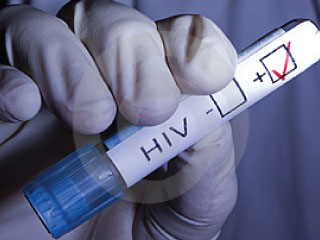References: Centers for Disease Control and Prevention (CDC, 2004). CDC HIV/STD/TB Prevention News Update – May 11, 2004. Johnson B.T., Carey M.P., Marsh K.L., Levin K.D., Scott-Sheldon L.A. (2003). Interventions to reduce sexual risk for the human immunodeficiency virus in adolescents, 1985-2000: a research synthesis. Archives of Pediatrics and Adolescent Medicine, 157 (4), 381-388. Keller, S.E., Barlett, J.A., Schleifer, S.J., Johnson, R.L., Pinner, E., & Delaney, B. (1991). HIV-relevant sexual behavior among a healthy inner-city heterosexual adolescent population in an endemic area of HIV. Journal of Adolescent Health, 12, 44-48. Kirby, D. (2000). School-based interventions to prevent unprotected sex and HIV among adolescents. In J. L. Peterson & R. J. DiClemente (Eds.), Handbook of HIV prevention. (pp.103-127). NY: Kluwer Academics/Plenum Publishers. Peterson, J. & DiClemente, R. J. (2000). Handbook of HIV Prevention. New York: Plenum. For more details see: http://www.apa.org/research/action/risky.aspx American Psychological Association, September 15, 2006
High-risk sexual behavior among adolescents can lead to serious long-term health consequences such as sexually transmitted diseases (STDs). Can science help reduce this behavior? According to the Centers for Disease Control and Prevention, about 3 million cases of STDs are reported annually among 10-19 year-olds. Half of all HIV/AIDS infections occur before age 25, and is one of the leading causes of death in adolescents. Psychologists have developed behavior based intervention programs designed to help young people develop good decision-making and communication skills, and increase knowledge about disease transmission and prevention. Effective programs that reduce risky behavior and also delay the onset of sexual intercourse provide clear definitions of the behaviors targeted for change, address a range of sexual behaviors, focus on maximizing positive and lasting health outcomes, and are available to all adolescents (including those outside regular programs such as drug users, adolescent offenders, school dropouts, runaways, mentally ill, homeless, and migrant adolescents) Help our children get this important instruction, prevent HIV!
Written by Blair T. Johnson, PhD; Michael P. Carey, PhD; Kerry L. Marsh, PhD, et al., (2006) written by the American Psychological Association, adapted by Juanita N. Baker, Ph.D.

